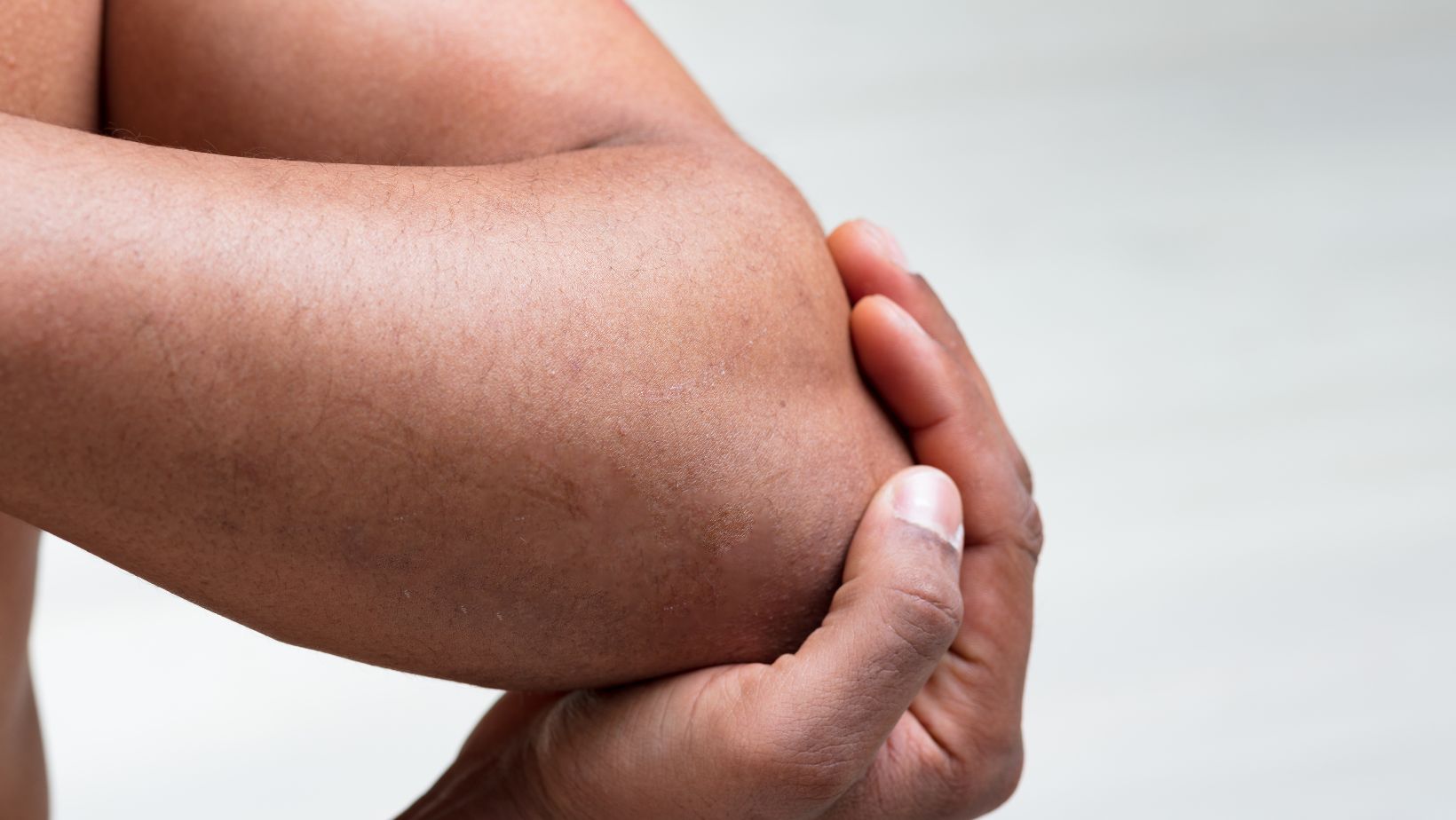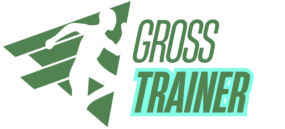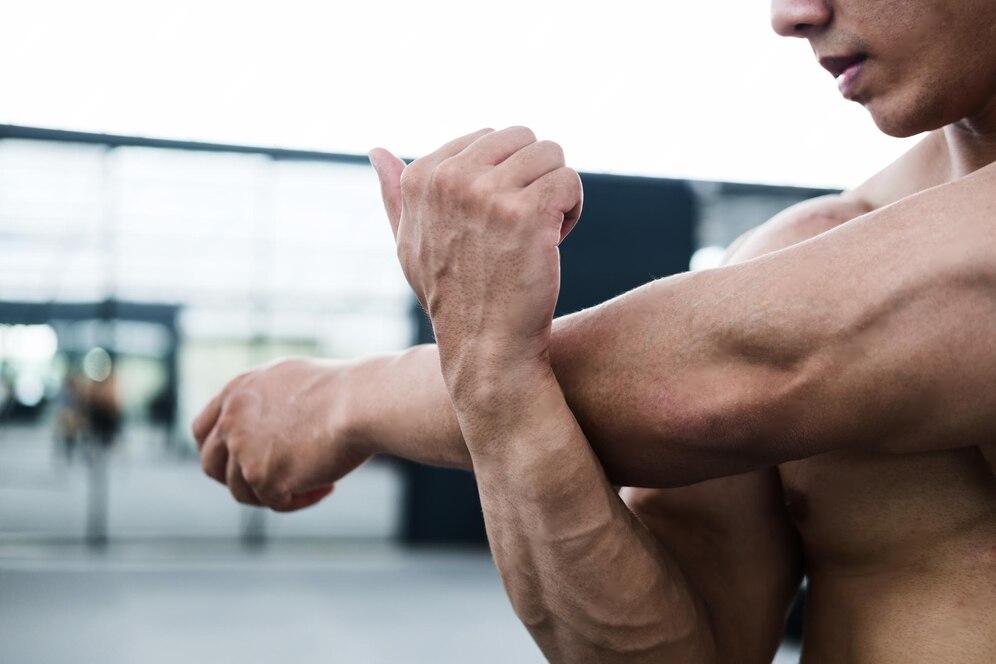A good work of strength building muscles, improving strength, and promoting overall health is strength training. In general, if one has had an upper limb strain during or after a workout, one can say that this can be a frustrating situation that slows down the very work one has done. This could occur in forearm, elbow, wrist, or shoulder. Athletes are commonly affected by upper limb strain in those body parts. The article will advise on preventing such injuries and improving recovery.
Understanding Upper Limb Strain in Strength Training
Upper limb strain is considered an injury or a degree of discomfort of muscles, tendons, or ligaments related to the arms, shoulders, or hands. It could also be very painful to carry a heavy object during power training, where you have to perform repeated actions with upper body exercise for lifting, repetitive movements in training heavy lifting add even more weight onto upper bodies.
This type of pain could start after exercise in the forearm or elbow, but with neglect, it could also escalate to very serious complications. Forearm pain, however, is normally the second level of functionality overuse of the arm muscles from gripping or pulling, for instance; deadlifts, bicep curls, and rows usually cause this symptom. Correct training will prevent muscle injuries by minimizing the risk of the mentioned injury.
Common Causes of Upper Limb Strain
There are a few common reasons why upper limb strain happens during strength training:
- Repetitive Movements: Various forms of strength training constantly stress the arms, such as push-ups, rows, or overhead presses, which often lead to overuse injuries. The constant pressure on the muscles and joints is cumulative and leads to injury over time.
- Incorrect Form: One of the major causes of strains in the upper limbs is lifting things improperly or having poor lifting techniques. Poor posture while bench-pressing leads to shoulder pain; incorrect grip puts too much pressure on the forearms and wrists. At the same time, overcalling quite too soon or else simply lifting heavily can cause injuries.
- Lack of Rest: Muscles need time to recover after being worked. If you’re constantly lifting without proper rest, you increase the likelihood of strain.

How to Prevent Upper Limb Strain
To protect your upper limbs and keep progressing in your strength training, follow these prevention tips:
- Warm-Up and Stretching: Ensure your muscles warm up before reaching the gym. To make your body resistant to the stress of lifting, do some dynamic stretches and light cardio work. Also do not forget to stretch your arms, shoulders, and wrists: Very important, since they help improve flexibility and reduce the strain during the exercise.
- Gradual Progression: An abrupt increase in lifting heavy weights could strain your muscles and joints. Do lift lighter weights, and as your body could get used to it-slowly get to the heavier gear. This practice allows the muscles to gain strength without over-exerting themselves.
- Focus on Proper Form: Good form is key to avoiding injuries, whether perfecting squats or deadlifts. Make sure bodily alignment is correct. If you’re unsure, perhaps consult a trainer or use a mirror to check your stance.
- Rest and Recovery: Letting your muscles rest adequately is mandatory. Otherwise, overtraining would break down the muscles. At the very least, tablets should have a difference of one or two days between each other to facilitate healing and rebuilding within the muscles.
Effective Recovery Tips for Upper Limb Strain
If, by any chance, you find yourself with some upper limb strain, you need not worry because there are simple methods of speeding up recovery:
- Rest: Recovery happens when the body and joints rest the muscles. Avoid using the affected limb, and avoid any lifting until the pain subsides.
- Ice and Heat Therapy: Ice on the sore area to reduce inflammation and swelling. Once the inflammation subsides, heat should increase blood flow and healing.
- Stretching and Physical Therapy: Gentle stretching will help increase mobility while physical therapy will help strengthen the muscles and tendons. However, see a physical therapist if your pain continues.
- Nutrition: Nutrition helps build muscles and strengthen them. Ensure your diet is rich in proteins to help repair muscle fibers and a balanced intake of vitamins and minerals to support overall health.
When to Seek Medical Advice
The next step will be to consult a doctor if the pain from upper limb strain doesn’t improve after a few days of rest or worsens. If the problem is accompanied by persistent pain, swelling, or limited movement, it may be a more serious injury such as lateral epicondylitis, or tennis elbow. With the help of a healthcare provider, correct diagnosis and course of treatment will become available to prevent further damage.
Conclusion
The prevention and rehabilitation of upper limb strain are relevant for continuing the strength training program. You can protect yourself from injuries and continue progressing by focusing on form, warming up, lifting weights gradually, and allowing the muscles enough time to recover. If pain lingers, it is advisable to consult someone competent for advice and treatment. You can keep off the setbacks and continue your fitness regime through the proper approach.

